Archives
- 2025-10
- 2025-09
- 2025-03
- 2025-02
- 2025-01
- 2024-12
- 2024-11
- 2024-10
- 2024-09
- 2024-08
- 2024-07
- 2024-06
- 2024-05
- 2024-04
- 2024-03
- 2024-02
- 2024-01
- 2023-12
- 2023-11
- 2023-10
- 2023-09
- 2023-08
- 2023-07
- 2023-06
- 2023-05
- 2023-04
- 2023-03
- 2023-02
- 2023-01
- 2022-12
- 2022-11
- 2022-10
- 2022-09
- 2022-08
- 2022-07
- 2022-06
- 2022-05
- 2022-04
- 2022-03
- 2022-02
- 2022-01
- 2021-12
- 2021-11
- 2021-10
- 2021-09
- 2021-08
- 2021-07
- 2021-06
- 2021-05
- 2021-04
- 2021-03
- 2021-02
- 2021-01
- 2020-12
- 2020-11
- 2020-10
- 2020-09
- 2020-08
- 2020-07
- 2020-06
- 2020-05
- 2020-04
- 2020-03
- 2020-02
- 2020-01
- 2019-12
- 2019-11
- 2019-10
- 2019-09
- 2019-08
- 2019-07
- 2019-06
- 2019-05
- 2019-04
- 2018-07
-
SM-164: Unlocking Apoptosis Pathways Beyond Transcription...
2025-09-28
Explore how SM-164, a bivalent Smac mimetic and potent IAP antagonist for cancer therapy, enables cutting-edge cancer research by revealing novel apoptosis mechanisms beyond traditional IAP-mediated inhibition. Discover advanced insights and unique applications in tumor cell death signaling.
-
TNF-alpha Recombinant Murine Protein: Precisi
2025-09-27
Explore the pivotal role of TNF-alpha recombinant murine protein in dissecting apoptosis and immune response modulation. This in-depth analysis reveals unique mechanistic insights and advanced experimental strategies for cancer research and inflammatory disease models.
-
TNF-alpha Recombinant Murine Protein: Decoding Apoptosis ...
2025-09-26
Explore how TNF-alpha recombinant murine protein enables advanced dissection of apoptosis and inflammation mechanisms, uniquely integrating recent discoveries in TNF receptor signaling and RNA Pol II-independent cell death. This comprehensive analysis reveals untapped opportunities for immune modulation and cancer research.
-
Biotin-16-UTP in Precision lncRNA-Protein Mapping and Hep...
2025-09-25
Explore how Biotin-16-UTP, a powerful biotin-labeled uridine triphosphate, is revolutionizing biotin-labeled RNA synthesis and RNA-protein interaction studies in molecular biology. This article uniquely examines its application in advanced lncRNA interactome mapping and hepatocellular carcinoma research.
-
Gastrin I (human): Redefining Gastrointestinal Physiology...
2025-09-24
Discover how Gastrin I (human) advances gastric acid secretion research and gastrointestinal physiology studies. This article reveals novel applications in organoid-based pharmacokinetics and stem cell-derived model systems, offering scientific depth and new perspectives.
-
Recombinant Mouse Sonic Hedgehog Protein: Emerging Applic...
2025-09-23
Explore the critical role of Recombinant Mouse Sonic Hedgehog (SHH) Protein in dissecting hedgehog signaling pathway mechanisms underlying congenital malformations, with an emphasis on its use in developmental biology research and alkaline phosphatase induction assays.
-
G actin has a molecular weight
2025-03-03
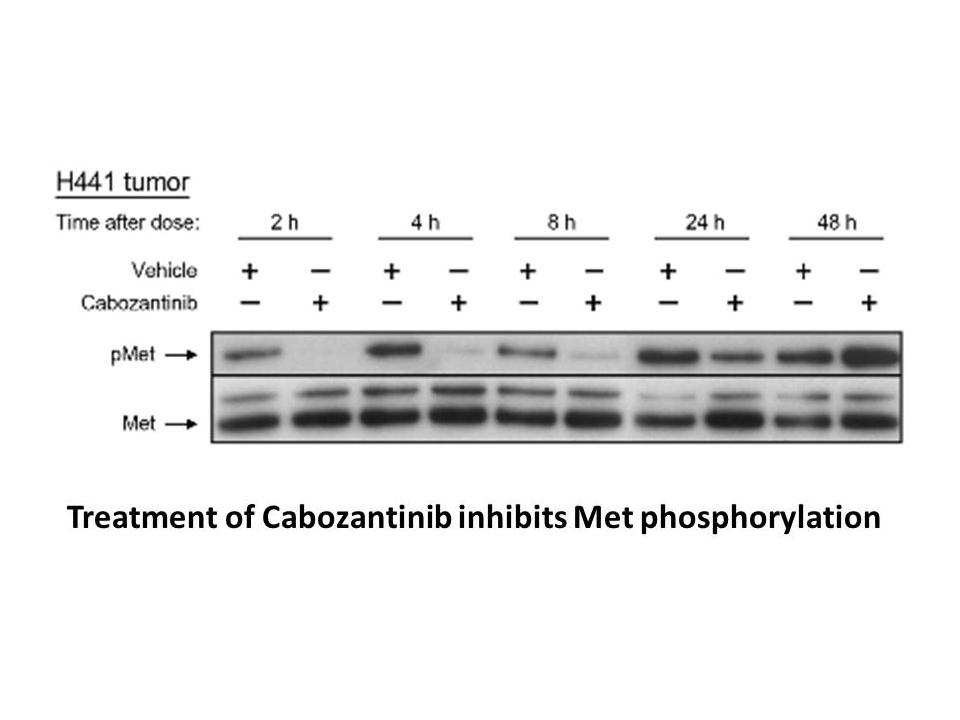
G-actin has a molecular weight of 42 kD and dimensions about 55 × 55 × 35 Å3. It consists of 375 amino acids arranged into two individual domains (Alberts et al., 2014). A central cleft bisects the protein into two aforementioned domains which surround a deep cleft containing ATP or ADP and a tightl
-
SR 1555 hydrochloride synthesis The srd a isoforms showed
2025-03-03
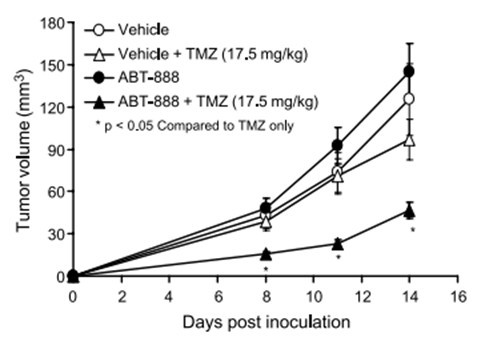
The srd5a isoforms showed unique expression profiles in early FHM development (Fig. 2). Similar to amphibian embryos, there was a high abundance of both srd5a1 and srd5a3 at 1dpf in FHMs, suggesting that mRNA for these enzymes may be maternally deposited and that these enzymes may play a key role in
-
Acknowledgments br P c is
2025-03-03
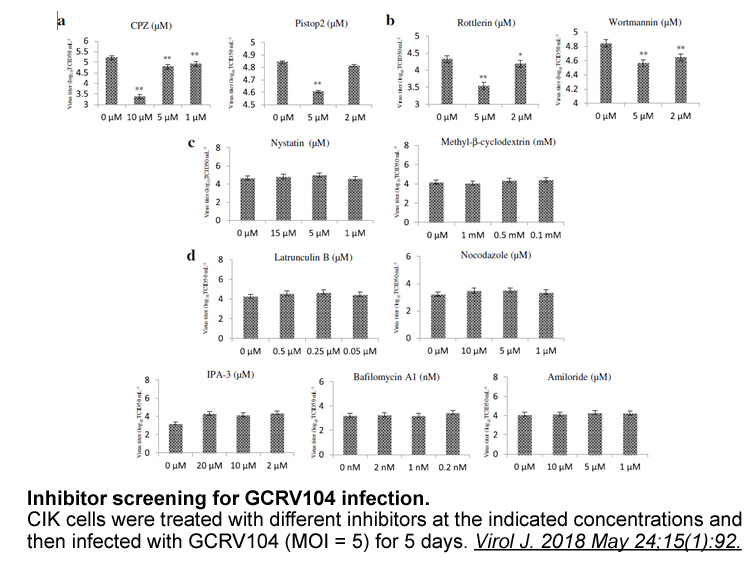
Acknowledgments P450c17 is expressed in several steroidogenic tissues, including the adrenal cortex, the ovary, and the testes (). Thus, 17α-hydroxylase/17,20-lyase is a key enzyme required for the production of both cortisol and sex steroids. This enzyme defect blocks the synthesis of cortisol,
-
Introduction Preeclampsia a serious hypertensive disorder th
2025-03-01
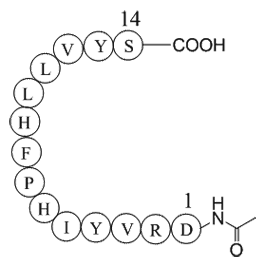
Introduction Preeclampsia, a serious hypertensive disorder that can occur during pregnancy, is a pregnancy-related disease characterized by the onset of RGFP966 and proteinuria after the 20 t h week of gestation, and it occurs in about 5% of all pregnancies [1]. If left untreated, preeclampsia can
-
The contractility index showed positive inotropic effects
2025-03-01
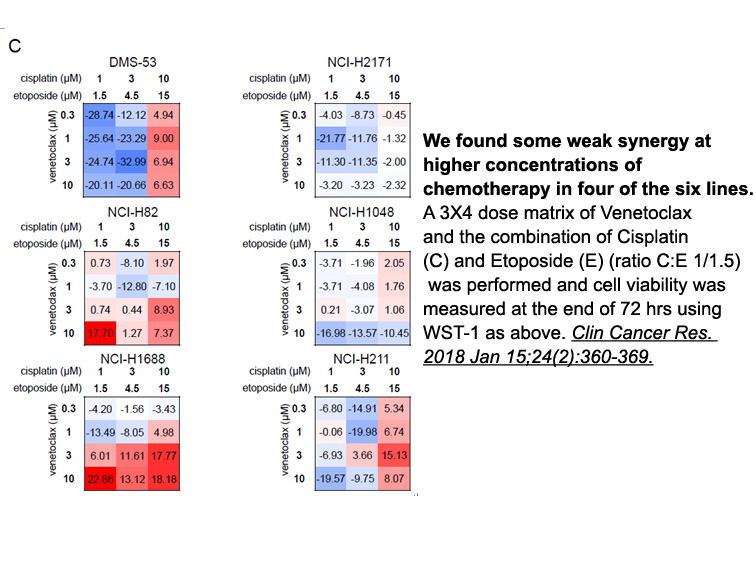
The contractility index showed positive inotropic effects of apelin in both doses at min 5 (Fig. 3, Fig. 5). Although the mean arterial pressure did not recover to the baseline, the contractility index increased, the relaxation index (tau) and ±dp/dt max returned back to their baseline, and left ven
-
Apelin is a bioactive peptide and endogenous ligand for
2025-03-01
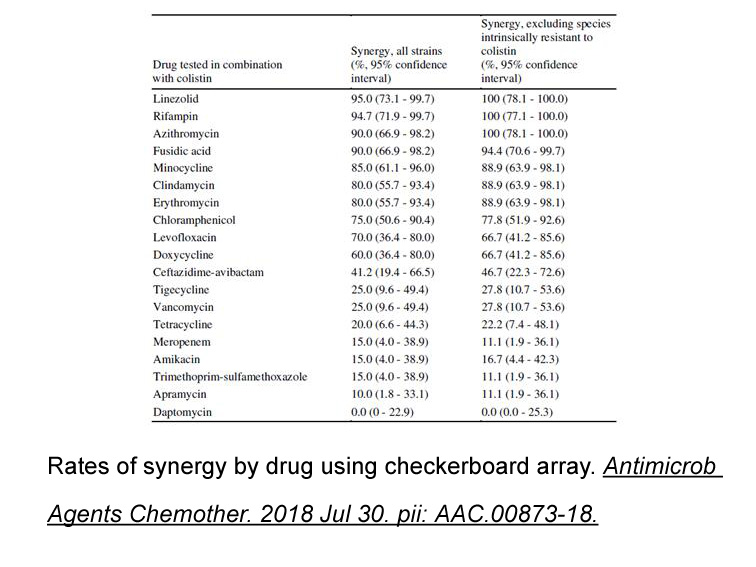
Apelin is a bioactive peptide and endogenous ligand for the APJ receptor (APLNR), a member of the G protein coupled receptor family that shares a similar sequence as the angiotensin type-1 receptor (AT1) [5]. Early studies demonstrated that the apelin/APLNR receptor axis plays a significant role in
-
These experiments make it clear that one can
2025-03-01

These experiments make it clear that one can study the effect of antimalaria drugs that target the DHFR enzyme of P. falciparum by transferring the malaria enzyme into S. cerevisiae. The ease of growth and manipulation of the yeast make it easy to measure the sensitivity of any particular dhfr allel
-
br Concluding Remarks and Future Perspectives The collective
2025-03-01
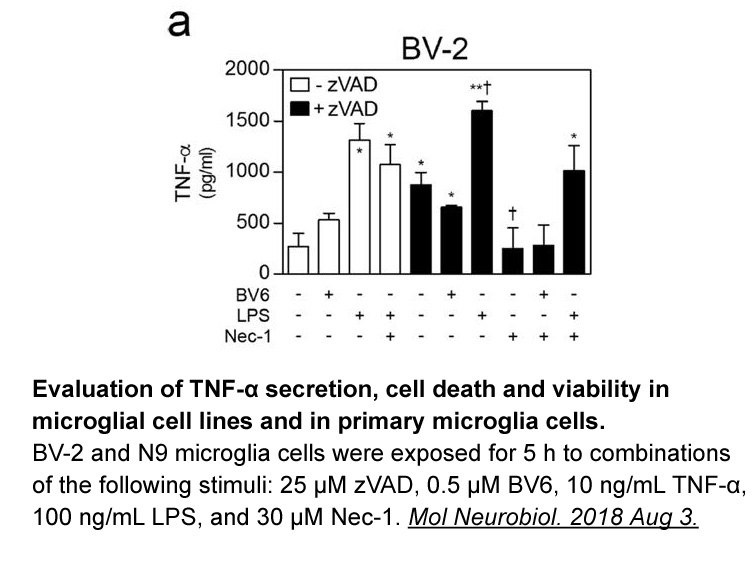
Concluding Remarks and Future Perspectives The collective evidence from studies detailing the functions of AMPK in the neuromuscular system, combined with those in DMD, SMA, and DM1 surveyed in the present review, strongly suggests that AMPK is a central mediator of neuromuscular determination, m
-
Dose Response Studies Against Puromycin
2025-03-01
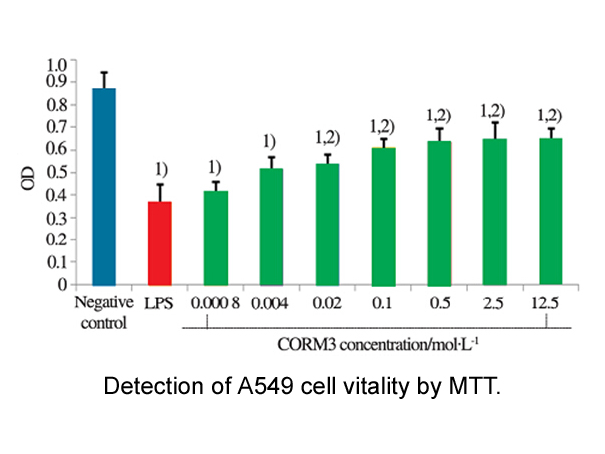
Dose–Response Studies Against Puromycin–Sensitive Aminopeptidase (PSA). PSA is a ubiquitous metallopeptidase encoded by the NPEPPS gene with subcellular distribution in the cytosol and nucleus [49]. Comprising of a 919 amino AKT inhibitor VIII sequence, it has a broad substrate specificity, and is